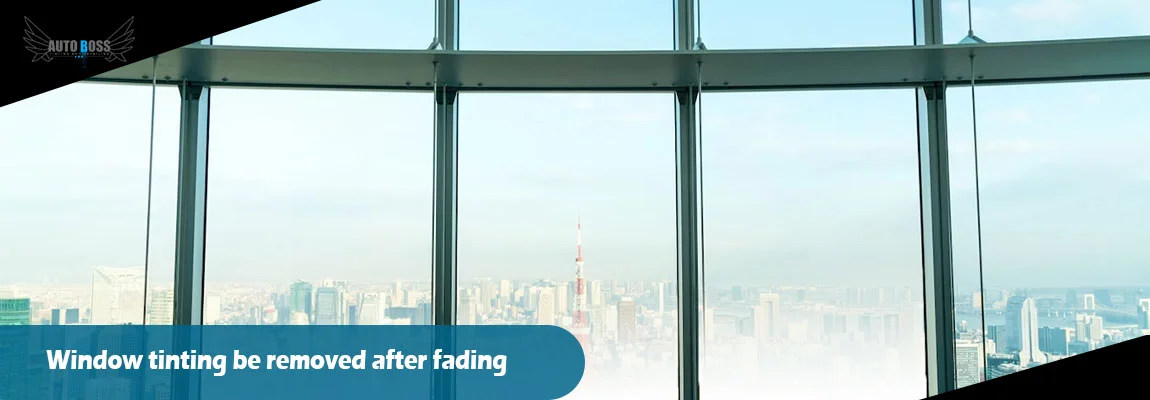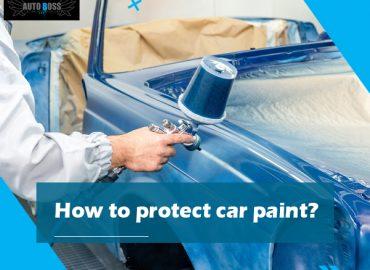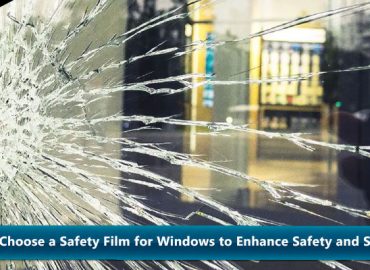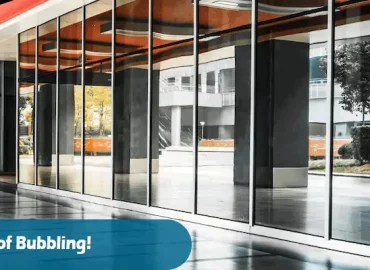Window tinting is a popular choice for residential and commercial spaces. It provides numerous benefits, including privacy, glare reduction, and heat insulation. However, window tints fade over time due to consistent exposure to sunlight, harsh weather conditions, and other environmental factors. The question is raised here: Can window tinting be removed after fading? In this article, we will delve into the various aspects of window tinting. The fading process of window tinting and the possibilities. The methods to remove the faded tint. Many wonder if auto window tinting can be removed after fading occurs, and the answer is yes, with the help of an auto window tint service.
Understanding Window Tinting and Fading
Window tinting is installing a thin film to glass windows’ interior or exterior surfaces. The film is designed to reduce the amount of visible light, infrared radiation, and ultraviolet (UV) rays that enter space. While window tinting offers a range of benefits, it is open to the effects of time and exposure.
Fading is a natural process. It occurs when window tinting is exposed to sunlight and environmental conditions. Over time, the intense UV rays and heat from the sun can cause the window tint’s color to degrade. It leads to a faded and uneven appearance. The degree of fading varies depending on the quality of the tint, its installation, and the level of sun exposure. It is generally an inevitable outcome.
Can Faded Window Tint Be Removed? The answer to this question is a qualified yes. Removing faded window tints can be more challenging than removing the newly applied ones. It is possible to do so using various methods.
Methods to remove faded window tinting
The effectiveness of these methods depends on the extent of fading, the type of window tint, and the adhesive used during installation. Let’s explore the options available for removing faded window tint:
1.Professional Removal
One of the most effective ways to remove faded window tints is to seek the assistance of a professional. Window tinting experts have the tools, experience, and techniques to safely and efficiently remove faded tints. They often use specialized steamers, heat guns, and adhesive removers to soften the adhesive and peel off the tint.
Professional removal is recommended for stubborn or severely faded tints. Experts ensure the removal process without harming the glass or leaving residue behind. Additionally, they can guide you on choosing new window tint options better suited to resist fading. Contact Auto Bo
2. DIY Removal Methods
For those who prefer a do-it-yourself approach, you can attempt some methods to remove faded window tint. These tinting removal methods will require more time and effort. The success may vary based on the level of fading
a. Steam and Heat Method
Like professional techniques, using steam or a heat gun can help soften the adhesive, making peeling off the faded tint easier.
This method requires patience and caution to avoid damaging the glass or overheating the adhesive.
b. Soapy Water and Razor Blade
This method involves spraying soapy water onto the tinted surface and carefully scraping off the tint with a razor blade. The soapy water helps lubricate the process. It also reduces the glass’s risk of scratching.
c. Ammonia Solution
Soaking the faded tint with an ammonia-based solution helps loosen the adhesive, making it easier to remove the tint.
However, this method can be odorous and potentially harmful, so proper ventilation and caution are essential.
D. Vinegar and Newspapers
Some people use vinegar and water to soak the tint, pressing newspapers onto the wet surface. Over time, the vinegar can break down the adhesive, allowing for easier removal.
3. Adhesive Residue Removal
After successfully removing the faded tint, addressing any adhesive residue left on the glass is important. You can remove residue by using adhesive remover rubbing alcohol. Make a mixture of baking soda and water. Employ careful scraping and wiping to avoid damaging the glass.
Preventing Future Fading
While removing faded window tint is possible, taking preventive measures is key to prolonging the lifespan of your tint and maintaining its appearance. Here are some tips to prevent window tint fading:
1. Choose Quality Tint
Investing in high-quality window tinting materials can significantly extend the life of your tint. Premium tints are often designed to resist fading and offer better UV protection.
2. Consider UV-Blocking Tints
UV-blocking tints are specifically designed to mitigate fading effects by reducing the amount of UV radiation entering your space.
3. Regular Maintenance
Cleaning your window tint regularly with mild, non-abrasive cleaners and soft cloths can help preserve its appearance and prevent dirt buildup that can contribute to fading.
4. Use Window Coverings
Curtains, blinds, or shades can provide additional protection for your window tint. These can reduce the direct impact of sunlight.
5. Avoid Harsh Cleaners
Abrasive or ammonia-based cleaners can accelerate the fading process. Stick to mild, non-abrasive cleaners and tools when cleaning your tinted windows.
Conclusion
Window tinting is a beneficial and beautiful addition to any space. It offers benefits like privacy, reduced glare, and improved energy efficiency. However, fading window tint is a common issue many individuals face over time. Removing faded window tints is possible through professional services or DIY methods. It remains the best strategy. Take proactive measures to protect your window tints, like choosing high-quality materials, UV-blocking tints, and regular maintenance. It helps in prolonging their life and keeping them looking their best. Understanding the options, whether you opt for professional assistance or tackle the removal yourself. If you understand the process, tints will help you make informed decisions about maintaining and renewing the appearance of your windows. You can hire a window tinting professional like Auto Boss Vaughan to get the professional tinting process done.




